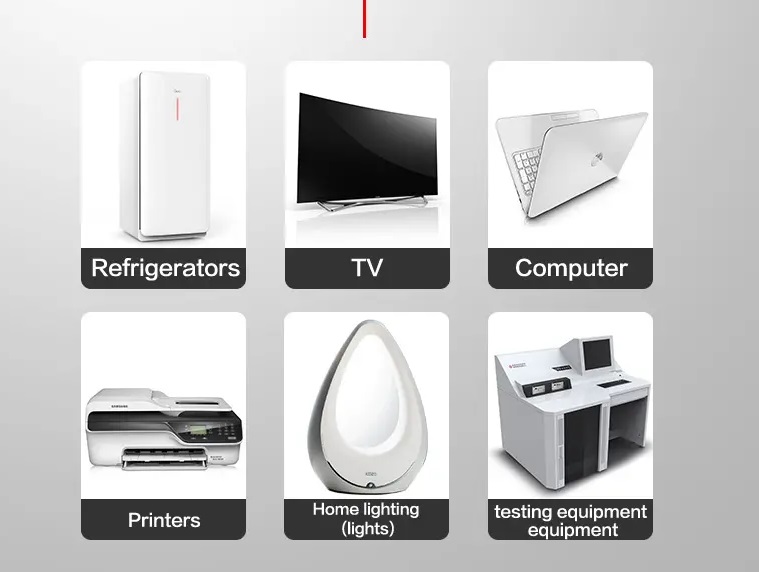目录
ToggleElectronic gadgets are operated at a preset power rating, which involves current and voltage. Of course, the amount of current consumed is not the same, and it varies with device load. However, the supply of voltage is consistent with maintaining the device’s function properly. Using a voltage regulator is important for maintaining the right voltage for a device. The regulator is present in devices ranging from the wall charger to the laptop and coffee-making machines. Let us learn more about the AC or DC voltage regulator.
How does AC voltage control differ from DC voltage regulator?
Stabilizing AC voltage means regulating comparatively minor issues in AC voltage. You can routinely use an AC voltage regulator for your home, and it maintains the right voltage needed for running household electric appliances. The regulator relies on servomechanism, which consistently varies with fluctuations in the voltage of the transformer. It will allow the voltage to be in a narrow range.
On the other hand, a DC voltage regulator manages the voltage in the battery-operated circuit. The stabilizer needs a shunting system like a voltage-regulating tube, Zener diode, and some other diodes. The system will run at a particular voltage. It also carries the right amount of current needed for the voltage output. To ensure the safe operation of the DC voltage regulator, the current should not cross the highest voltage limit.

AC voltage regulator works as a thyristor-based device that causes conversion of fixed into variable alternating voltage. It does not affect the frequency. The regulator is a phase-controlled device, which needs no force commutation circuitry. The AC voltage controller has a range of applications.
- Lighting control
- Industrial and domestic heating
- Transformer tap alteration
- Induction motor
- Speed control of AC drive
When do you need voltage regulators?
You can use negative and positive voltage regulators to control sensors and electric modules, which depend on these voltages.
The microcontroller boards can also be powered with an output of around 5V.
Every electronic circuit contains voltage regulators. These stabilizers are effective in maintaining their consistent and safe functions. Moreover, higher voltage stabilizers need electronic circuits that have higher power ratings. So, you can find their applications in industrial fields.
Other categories of voltage regulators
Before buying a AC orDC voltage regulator, you should know about different types.
Linear regulators have a very simple design based on the transistor. They are mainly referred to as ICs. The internal circuitry needs unique amplifiers to manage the output voltage with respect to the reference voltage. There is a fixed output of the linear voltage regulator, and its input current corresponds to the output.
Another option for you is the switching regulator, which turns on or turns off a device at a very high frequency.
To sum up, an AC or DC voltage regulatorcomprises detecting elements that determine the fluctuation in voltage from controlling elements and the expected value. You can look for the best supplier for the voltage regulators.
0